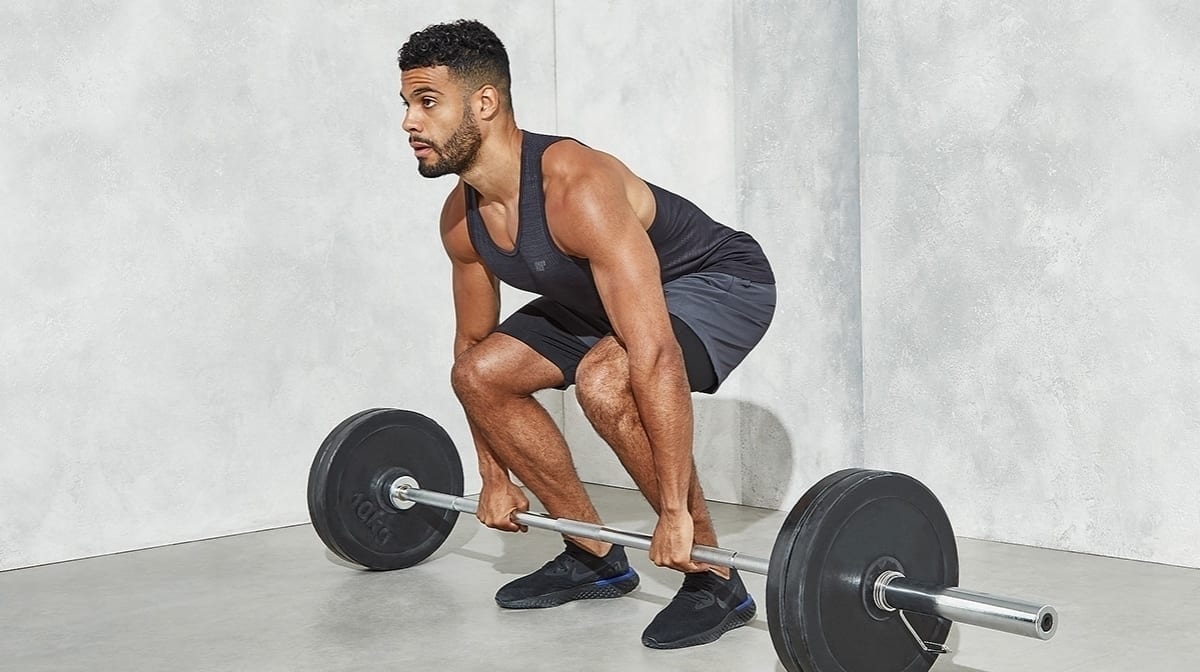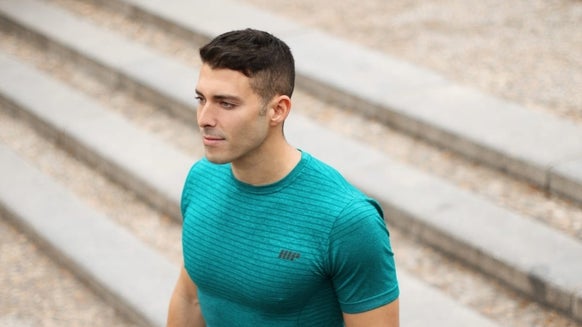Muscoli Antagonisti | Quali Sono?

Antagonist Muscles

1. What are they?
pectoral and dorsal quadriceps and hamstrings biceps and triceps.
2. Agonists and Antagonists
Experiment

Super Set
Un metodo efficace per l'allenamento dei muscoli antagonisti sarebbe il Super Set; questo normalmente è utilizzato per la stimolazione di un unico gruppo muscolare attraverso l'esecuzione di due esercizi senza attendere il normale tempo di recupero.
L'utilizzo di questa tecnica per l'allenamento degli antagonisti consente di ottenere un ottimo pompaggio, inoltre si riduce la fatica rispetto all'esecuzione di una serie tradizionale, aumentando la capacità di lavoro anche del 40% rispetto ad un allenamento classico: non solo si ottengono benefici in termini di forza e ipertrofia, si avrà anche un notevole risparmio di tempo e un miglior recupero muscolare, in quanto questa tecnica favorisce l'afflusso di sangue all'antagonista mentre si trova in attività, permettendo di rimuovere più velocemente i prodotti di scarto metabolici e di rifornire il tessuto di ossigeno e nutrienti.
3. Allenamento
Detto questo, propongo di seguito alcuni esempi per l'allenamento dei gruppi muscolari antagonisti.
1. Dorsali-Pettorali
Bench press + Trazioni alla sbarra 3x10 recupero 2 minuti - Spinte con i manubri su panca a 45° + Rematore con manubri 3x10 recupero 2 minuti
- Croci manubri + pulley basso 3x10 recupero 1,5 minuti
- Hyperextension + crunch completo 3x10 recupero 1 minuto
2. Gambe-Glutei-Polpacci
- Squat + Leg curl 3x10 recupero 2 minuti
- Leg extension + Stacchi a gambe tese 3x10 recupero 2 minuti
- Affondi 3x10 recupero 1,5 minuti
- Calf machine 3x10 recupero 1 minuto
3. Spalle-Bicipiti-Tricipiti
- Military press + Tirate al mento 3x10 recupero 2 minuti
- Alzate frontali + Reverse fly 3x10 recupero 1,5 minuti
- Curl bilanciere in piedi + French press bilanciere 3x10 recupero 1,5 minuti
- Panca Scott+ Pushdown con corda 3x10 recupero 1,5 minuti
In questo allenamento bisogna eseguire il primo esercizio e subito dopo il secondo, quindi recuperare per il tempo previsto e ricominciare fino alla conclusione delle serie.
Ovviamente i carichi da usare sono individuali, ma bisogna seguire la scheda per quattro settimane aumentandoli progressivamente; al termine della stessa si consiglia una settimana di recupero attivo con gli stessi esercizi ma con una riduzione del carico del 20% circa.
Non esiste l’allenamento perfetto, nemmeno quello miracoloso…esiste, però, l’allenamento che meglio si adatta a noi, quello che ci permetterà di ottenere i risultati migliori perchè più aderente alle nostre caratteristiche…e, tra tutti i più comuni protocolli, l’allenamento degli antagonisti è senza dubbio uno di quelli più sottovalutati che consiglio assolutamente di provare.
PS.
Wondering if it is possible to train every day?

1) Antonio Paoli, Marco Neri. Principles of fitness methodology 2) The scientific basis of muscle strengthening – A. Umili, A. Urso – Rome sports press society.











